Chicago Rock Island & Pacific Railroad LLC is the operator of the Mississippi Delta Railroad in northwest Mississippi under a long-term contract with options to renew. The company has repainted its first locomotive in the original Chicago, Rock Island & Pacific Railroad’s “bankruptcy blue” colors – the last paint scheme used by Rock Island prior to its shutdown in 1980. RIILX GP38DC No. 4310 was the first locomotive released, to be followed by GP38DC No. 4373. Both will be initially based in Sumner, Miss., and will haul interchange traffic from Sumner to the Canadian National in Swan Lake. Since this photo was made, the numberboards have been updated to the correct Rock Island font.
AC power for Canadian National
Canadian National has received a number of AC traction locomotives from Union Pacific and BNSF Railway this spring. The locomotives are being used to pay back horsepower hours owed to CN by both railroads. Locomotives have been arriving at various interchange points from the Midwest to Vancouver, British Columbia. Since none of the units are lead qualified in Canada, a large group of them have been assigned to various jobs in the Iron Range of Minnesota. The locomotives are not equipped with the necessary air brake systems required on most ore trains, so they’ve been handling other duties such as the Minntac stone trains and the “T-Bird” raw ore trains that do not operate with the special air brake system.
Horsepower hours are a unit of measure to keep track of locomotives while offline on other railroads, and are typically corrected by sending locomotives offline to repay the debt, though extremely large imbalances can be handled as a cash transaction. As locomotives fail offline, they are returned home and another unit will typically be dispatched to take its place.
Northshore Mining has received its first two SD70ACes earlier this month. The two locomotives NSMX Nos. 671 and 672 were repainted at Metro East Industries prior to delivery and are part of a group of five SD70ACe’s scheduled to arrive. The locomotives are former CSX SD70ACes acquired by Northshore Mining from Progress Rail to replace four leased SD9043MACs from CIT Leasing. The first revenue run for Nos. 671 and 672 occurred on April 10 hauling a loaded ore train from Babbitt to Silver Bay.





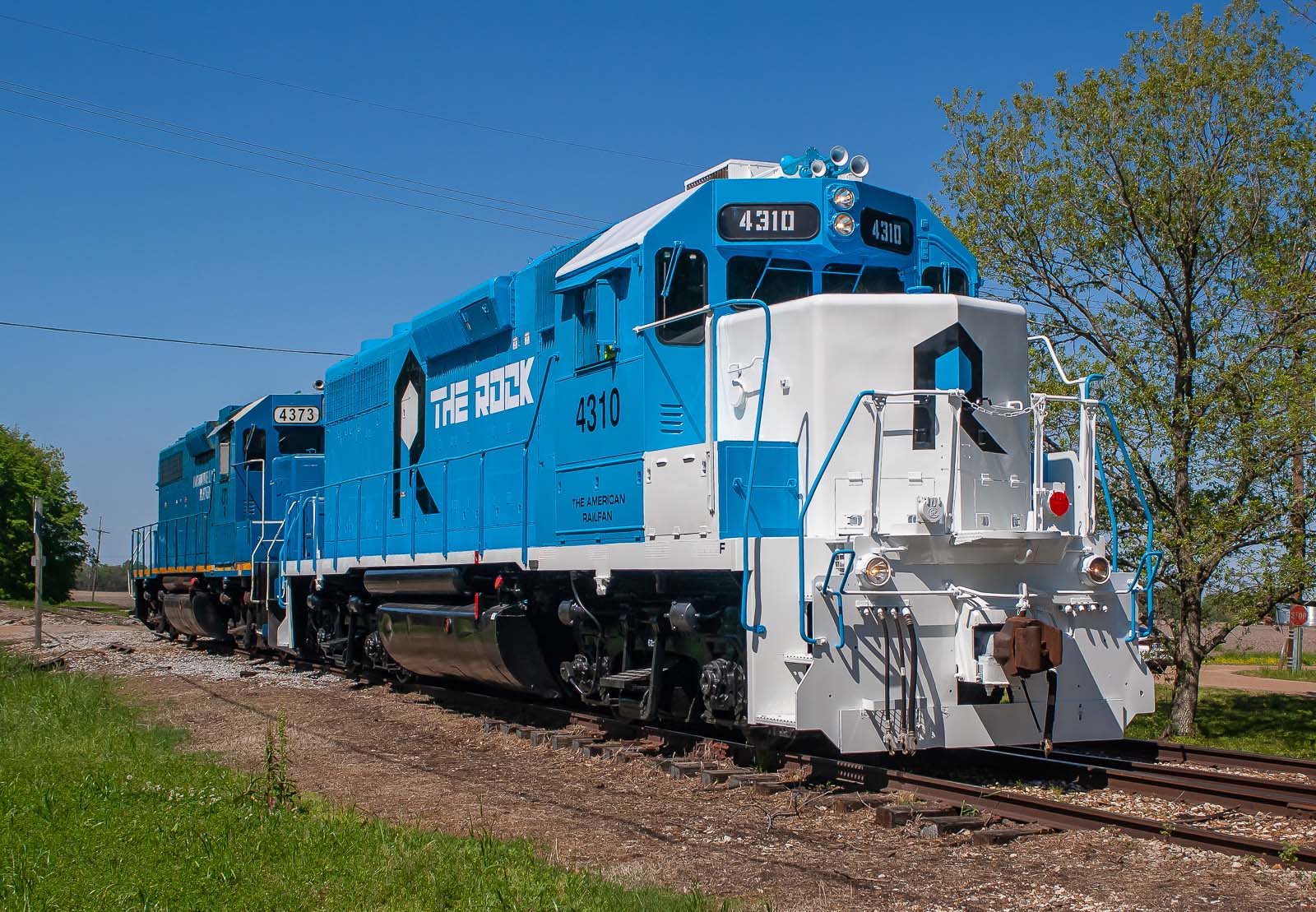
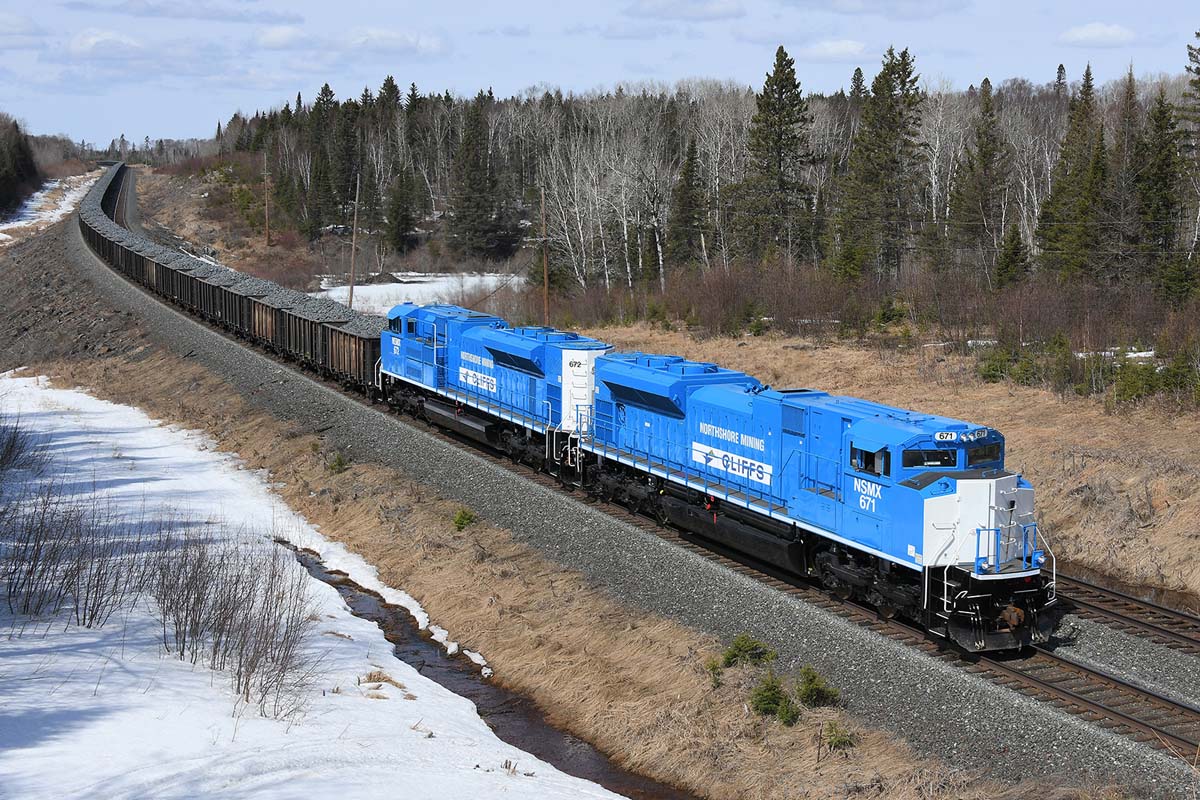

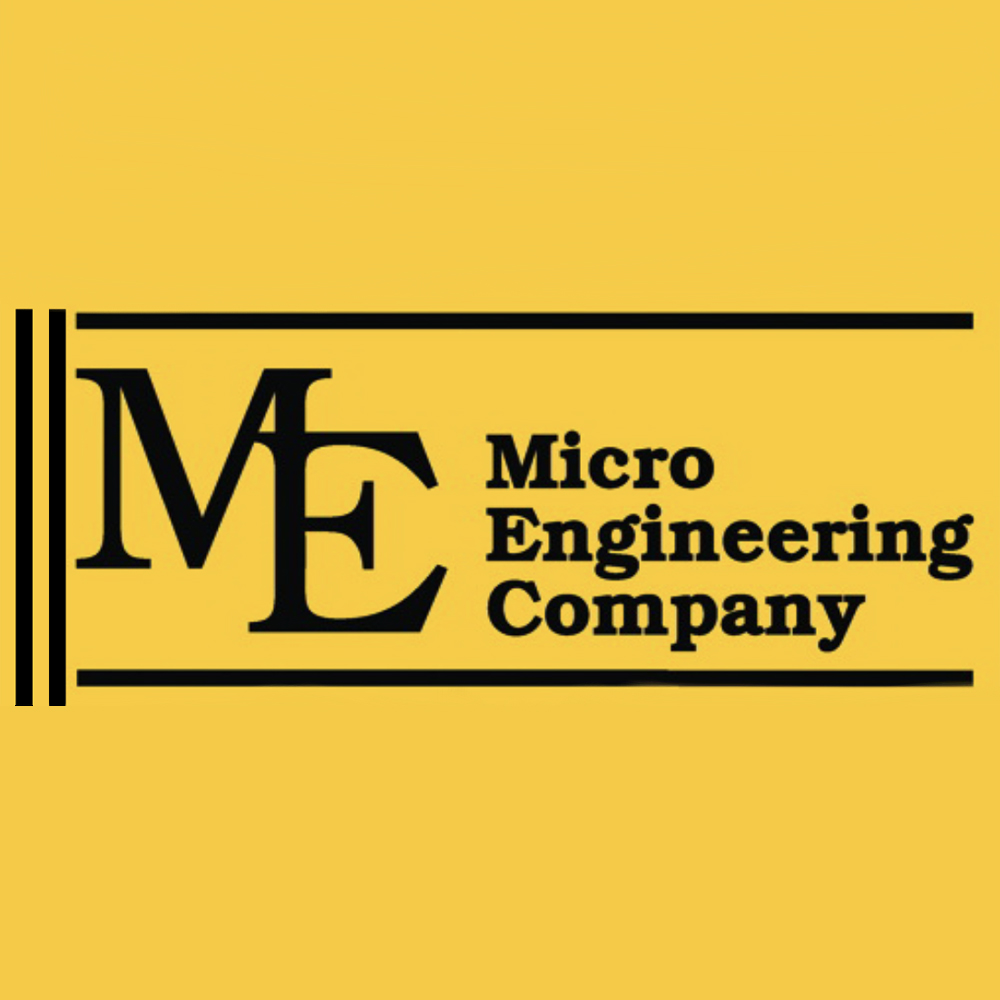
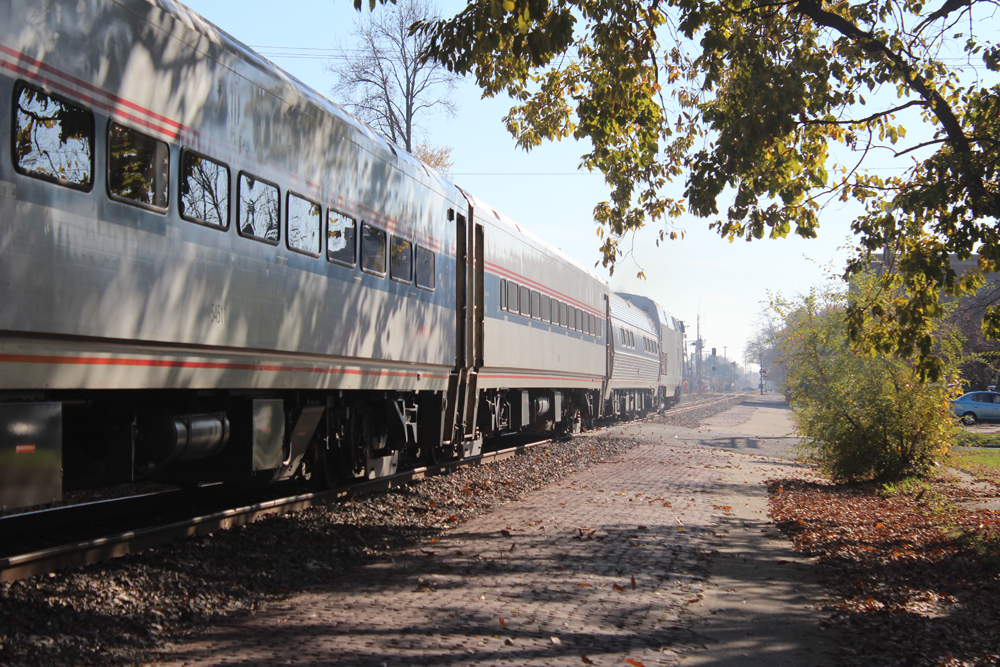
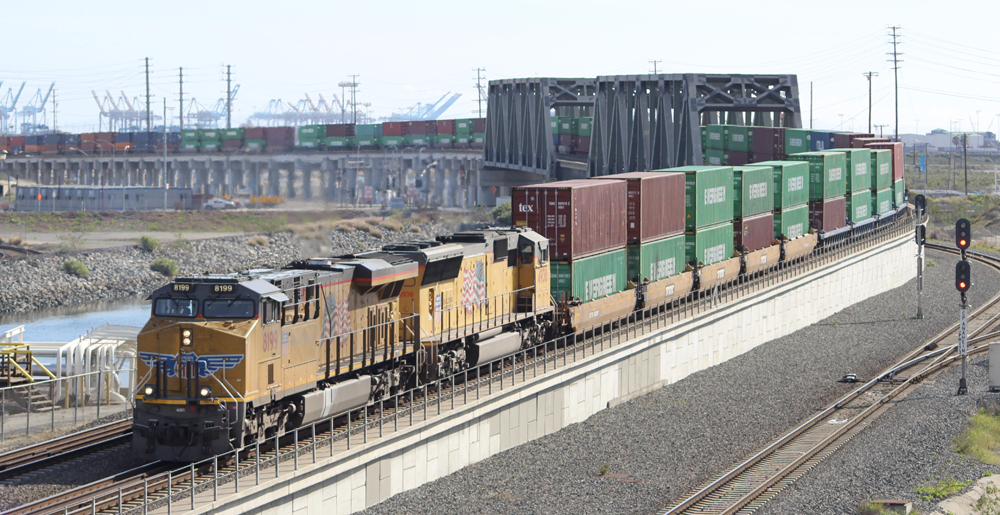
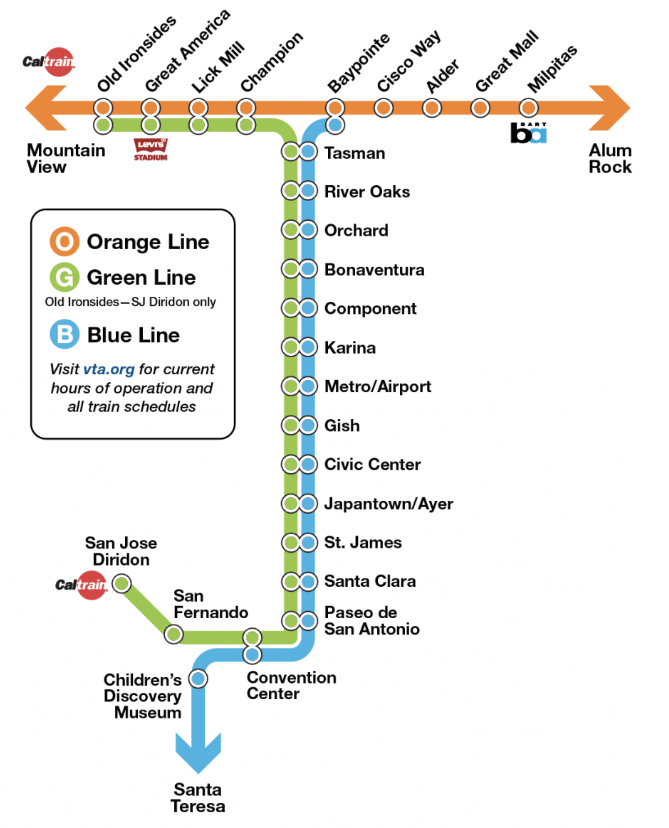




Not Reading, I would say Amtrak Phase 5. The comments kept taking away my list.
For Loser liveries I would list, Reading
Nah, BNSF’s H1 paint scheme I would count as a win.
Mr. Landey love you,re list of the top paint schemes , the 3 best liveries to me #1 the Delaware & Hudson with the blue and silver with the lightning strip and #2 the Erie Lackawanna with the maroon and gray , Chessie came in a close 3rd with the yellow black and orange , you diffently noticed these locomotives in the day for sure .
Well sorry John but, I’m not from the Salt Lake City area, so I don’t really know what UP models are stored there. I drove by the storage line there last year after the Golden Spike Festival in Ogden, but 2 freight trains were in the way so I couldn’t get a good view of the storage line of locomotives their, but I figured that most of the locomotives stored there were DC Traction locomotives NOT AC Traction locomotives.
I haven’t seen any recent pictures of the Storage line in SLC so I am not sure of what’s been added there.
WINNER liveries from back then:
SCL
D+H
Chessie
Southern
CNW
ATSF passenger applied to freight
Erie Lackawanna
LOSER liveries from back then
SPSF
PC
N+W
LOSER liveries more recent
BNSF Heritage One
At the Illinois Railway Museum in Union, Illinois, last year they painted a diesel-electric loco in thie Rock Island blue paint scheme. It was pretty striking especially since it had just come out of their shops painted. I’m not sure if the loco they painted was actually owned by the Rock Island.
@Charles Landey: The Rock Island livery was always dirty because 80% of the ROW ballast was essentially gone and mud took its place. So the engines took on a lot of dirty spray and they were so broke, there was no money to wash them.
@August Hahn: Just look at Ogden Yard north of Salt Lake City. Over 200 UP locos in storage. Plenty to choose from.
One small correction on the “locomotive” ad: I believe it’s spelled “mastOdon” instead of “mastAdon”.
I liked Seaboard System’s gray with white speed lettering. As for “dishonorable mentions” along with THE ROCK scheme, I nominate the The Family Lines paint scheme. Then there was the Illinois Central/Illinois Central Gulf white and burnt orange scheme; if winning one DM wasn’t enough, ICG came up with a burnt orange and gray scheme. Ugh.
I personally always liked the Rock Island blue and white locomotives. I only saw one in person back in the late seventies in New Orleans on an SP train coming into the L&N yard there. It’s always nice to see older paint schemes resurrected. Beautiful locomotive!
Going back to the last sentence of my post below I think I may have erred. The Sanat Fe’s passenger colors resurrected for freight was awesome but thinking back it came in some years after the date on which I based my comment, which was 1979.
Is that really the Rock’s colors? This in the photo is an attractive white, which is good. The Rock’s actual color was some sort of cream, which was terrible.
The photo shows a nice shade of blue. In reality the robin’s egg blue of the actual Rock wasn’t very nice at all.
I remember the actual Rock “bankruptcy blue” as the worst colors in the worst design scheme of any major railroad. Also it was a very bad livery when dirty, which was all the time..
To make matters even worse, it was inevitable that Bankruptcy Blue was mixed in a locomotive lashup with one of the predecessor reds, a colossal visual conflict.
To keep piling it on, the trade name “The Rock” seems to have been borrowed from TRAINS-MAG columns. That I know of actual people called it “The Rock Island Line”. The polygon that supposedly resembled a “rock” was absurd. The railroad wasn’t named after a rock, it was named after an Illinois city.
“Bankruptcy Blue” was a total disaster and well named. It was a ridiculous attempt to “paint” over the late 1970’s failings of America’s lousiest major railroad.
Scoring 1979 railroad liveries on a scale of one to ten, Santa Fe had a ten, BN and Chessie a nine each, UPRR an eight, SCL a seven, Conrail a five, “Bankruptcy Blue” struggled to reach zero.
For the CN getting AC Traction locomotives from both BNSF and UP to pay back horsepower hours, which locomotive models are the 2 railroads sending to CN? I would presume the locomotives from BNSF would be the SD70MACs, but what engines is CN getting from UP?
The ghost of “The Rock” lives!
Great to see a Rock Island “revisited” locomotive (and paint scheme), even if the “Rock” never did operate in the state of Mississippi.
Northshore Mining went into temporary shutdown last week and earliest expected resumption of mining is August this year. Still ore will be sent out by lakers or trains until dock supply is gone.
Interesting on the CRIP entity. I guess who ever bought the rights to the trademark “The Rock” and its logo in bankruptcy let the rights expire. Sort of like what Guilford did with PanAm when it bought the name and marks.
Another interesting note is that it follows a long history of naming railroads after places they don’t serve.
I was told by a retired Iron Range engineer that ore train locomotives and cars had both automatic and straight air systems. Straight air was used most of the time for flexibility in train handling, but automatic air was there for safety. I think the Durango and Silverton RR uses a similar system on their trains.
Can anyone knowledgeable expand on CN’s “special air brake system” used its ore trains? Is it a type of ECP braking? Thanks in advance.